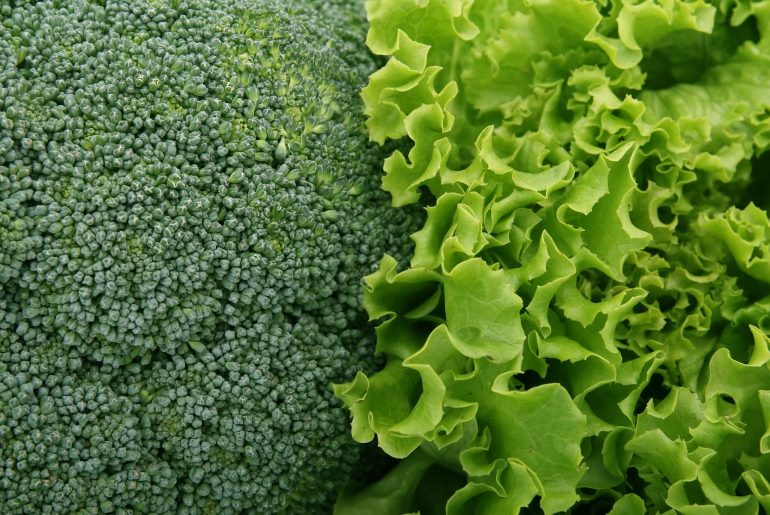Unless you’ve been under a rock, you know that the government is in a partial shutdown sparked by differences of opinion between the president of the United States and members of Congress over funding for Trump’s border wall. More than 800,000 federal employs have gone unpaid during this, the longest government shutdown in history. One of the affected departments is the U.S. Food and Drug Administration. You know — the ones who check to make sure our food is safe to eat.
Without proper funding, FDA employees aren’t able to adequately carry out crucial tasks including publishing recalls and outbreaks. The absence of this vital information would be bad enough, but after 2018’s record number of FDA recalls, ranging from romaine to Goldfish crackers, its a bit unnerving what we might be missing in the wake of the agency’s absence. Before the government shutdown, it wasn’t unusual for the FDA to post multiple food recalls and other safety bulletins per day.
So how do we know what is actually safe to eat right now?
It’s important to steer clear of raw food and processed meats because they have a higher probability of contamination. Leafy greens like Romaine lettuce and sprouts such as broccoli and alfalfa are susceptible to E.coli, so it’s beast to take a short break from these, as well.
Ground meat and deli meat is also at risk since it’s made with many different animals. During the shutdown, experts are recommending we opt for bigger piece meats like steaks instead. Also, eat less raw veggies and take time to cook them. Cooking foods to 165 degreed Fahrenheit can kill harmful bacteria like E.coli, salmonella, and listeria.
While there are still some people working in the FDA (without pay). They’re tasked with testing only the most high-risk items. However with the current government employee mood surrounding the shutdown, it’s possible we’re not exactly getting their most thorough work.
Other than avoiding raw foods and processed meats, there isn’t much the average consumer to do during the shutdown to ensure food safety, but of course, following safe food handling and preparation practices to reduce food born illness in the first place is always the best bet anyway. Also, follow alerts on Food Safety News and your local grocery store or supermarket bulletins as some recalls are issued proactively direct from grocers and not the FDA.
Also see, 10 Easy ways to start a healthier lifestyle.




